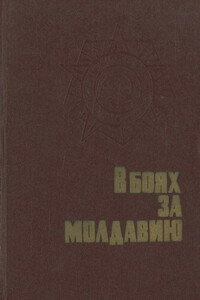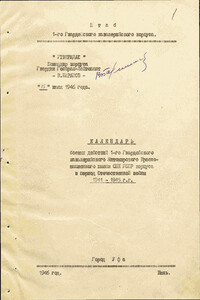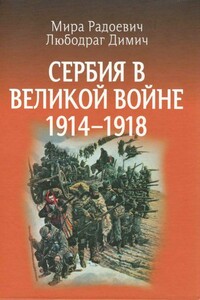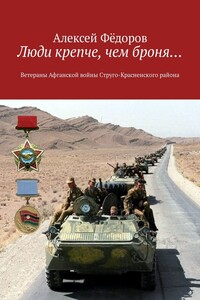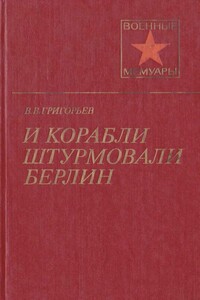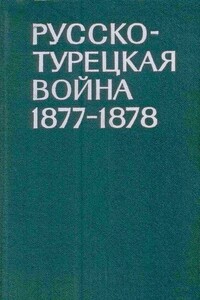The mounting importance of projectile artillery in the 10-th 13-th centuries was reflected in the validation of new tactical methods of its employment in the fortress combat by the prominent Chinese military authority Chen Gui (1072–1141). Chen Gui suggested what was perhaps the earliest tenaille pattern of defence installations in fortification history. For tile first time in the artillery annals he located slonethrowed machines within the fortress rather than on the rampart and applied indirect shooting aided by a shooting adjuster.
Sources also offer evidence of artillery participation in attacks on, and defence of, field fortifications in the course of position battle, in ambush, in support of the forcing of crossings, in defence of the shore line from enemy landings, etc. From deep antiquity projectile weapons had been a major component of the fighting equipment of men-of-war.
The diverse multiple data found in Chinese sources outline the features that were, lent to Chinese projectile artillery by the weapons it employed. One was their more extensive, tactical use than in Europe, which led to the setting up of large formations designed for the maintenance of weapons. In the 13-th century such formations reached dozens of thousands of men. As a result, measures geared to effect some organizational isolation of artillery detachments within the armed forces were introduced. Another peculiarity was the slightly greater participation of this artillery (predominantly arcballistes) in offensive and defensive field battles and naval action. Yet another distinction was the early extensive employment of powder projectiles of different designation. But these features manifested themselves within the framework of a common element in the tactical application of pre-gun artillery, which was due to the dependence of the character of military operations and the methods and forms of their persecution on the characteristics of weapons and combat materiel. Among the factors of this common element observable in pre-gun artillery all over Eurasia mention is merited by its relatively limited tactical use, the solution of kindred tactical missions by near-identical means of combat, similar methods of conduct of shooting, etc.
This furnishes added evidence of the illegitimacy of allegations concerning the specific character of socio-historical, including military-historical, processes in «tradition-bound» China and the existence of specifically «Chinese ways» in warfare. Even the discussion of a specific question like the tactical employment of Chinese projectile artillery reveals that it proceeded within the framework of worldwide tactical evolution of artillery in general and projectile artillery in particular. The history of Chinese pre-gun artillery with all its distinctive features forms part of the worldwide history of artillery.
